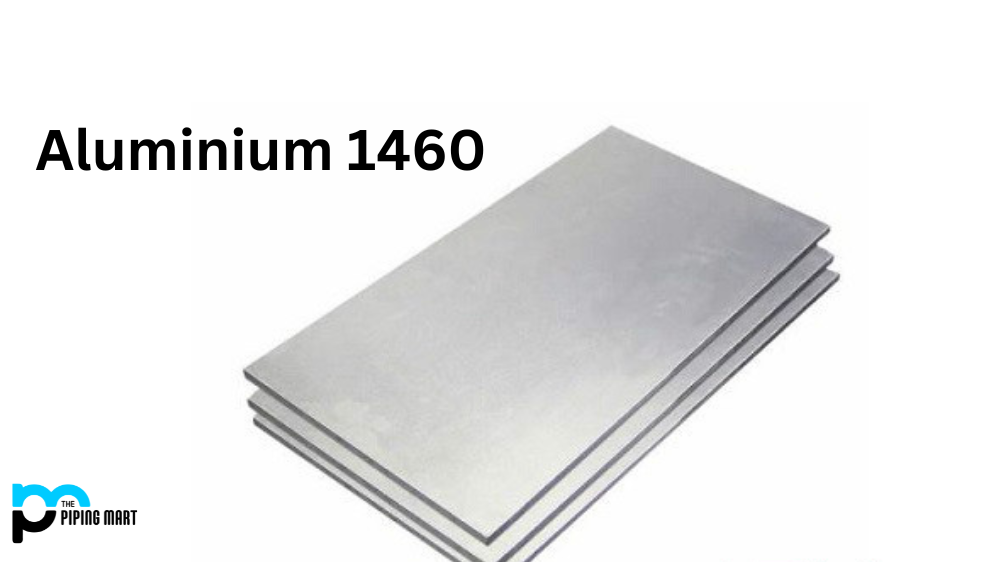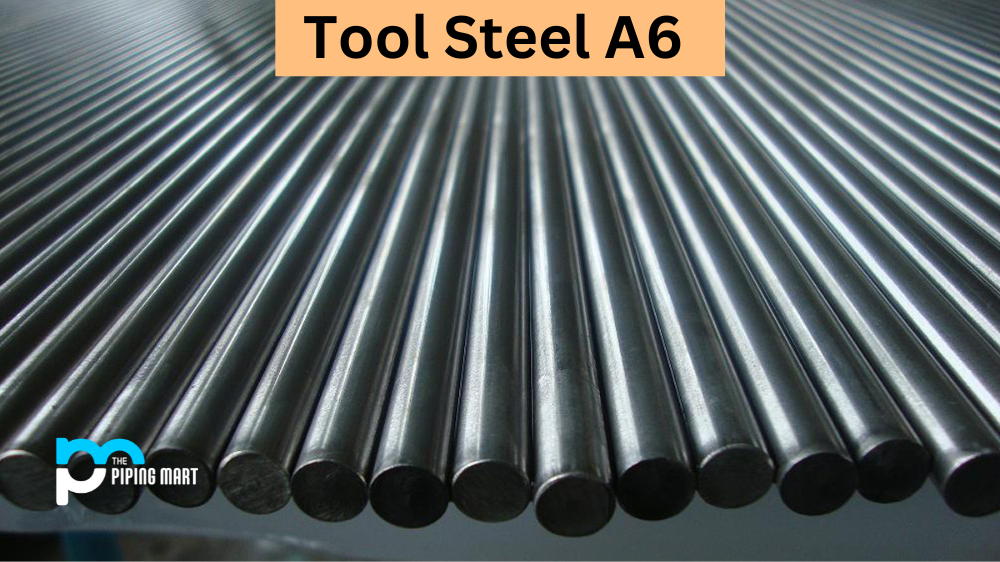Aluminum 1460 is a medium-strength alloy that features excellent corrosion and heat resistance. This alloy is popular in aerospace, automotive, and marine industries due to its superior strength and durability. In this blog post, we’ll take a comprehensive look at the composition, chemical properties, mechanical properties, physical properties, uses, corrosion resistance, heat resistance, heat treatment, machining and welding of Aluminium 1460.
1460 Aluminium Composition
Aluminium 1460 is an aluminium-silicon alloy with magnesium as the major alloying element. The nominal composition of aluminum 1460 is 2.3% magnesium and 0.5% silicon. The addition of these two elements gives Aluminum 1460 its excellent mechanical properties.
|
Item# |
Li |
Cu |
Mg |
Zr |
Ag |
Zn |
Mn |
Others |
|
1460 |
0.9-2.5 |
2.5-3.5 |
– |
0.12 |
– |
– |
– |
Se0.1-0.2 |
1460 Aluminium Chemical Properties
Aluminium 1460 has excellent corrosion resistance due to its high content of chromate film on its surface. It also has good weldability with both gas tungsten arc welding (GTAW) and gas metal arc welding (GMAW). Its chemical composition also makes it resistant to stress corrosion cracking (SCC).
1460 Aluminium Mechanical Properties
Aluminum 1460 has excellent mechanical properties, including a tensile strength of 310 MPa (45 ksi) and a yield strength of 290 MPa (42 ksi). It also exhibits good fatigue strength, making it suitable for applications where repeated loading may occur, such as in aircraft components or shipbuilding applications.
| Item# | Density, p/gcm3 | Tensile Stength@Temperature -253 °C /MPa | Yield Strength @Temperature -253 °C Mpa | Elongation at Break@Temperature -253 °C | Elasticity mdulus E/GPa | |
| 1460 | 2.59 | 860 | 380 | 15% | 80 | |
1460 Aluminium Physical Properties
Aluminium 1460 has a very low density making it lightweight yet strong which makes it ideal for use in aerospace applications or other weight-sensitive projects such as automotive components or marine vessels. Its low thermal conductivity also makes it suitable for use in insulation systems or high-temperature applications such as furnaces or boilers where heat loss needs to be minimized.
1460 Aluminium Uses
Because of its superior strength and durability, Aluminum 1460 is used in many different industries, including aerospace, automotive manufacturing, shipbuilding, electrical engineering and other industrial applications where corrosion resistance and strength are required. It is also used in the construction of bridges because it can withstand stresses caused by wind or traffic loads over long periods without suffering from fatigue failure.
Corrosion Resistance
Due to its high chromate film layer on its surface, along with its excellent general corrosion resistance characteristics, make this alloy suitable for use in many different environments, such as marine environments where saltwater can cause accelerated corrosion rates on some metals but not on aluminium alloys like1460 which does not suffer from stress corrosion cracking (SCC).
Heat Resistance
Aluminium1460 offers good thermal stability, meaning it can withstand higher temperatures without the risk of deforming or suffering from creep failure due to long-term exposure to high temperatures when compared with other aluminum alloys like 1050 or 1100, which have lower melting points than Aluminium1460. This makes Aluminium 1460 an ideal choice for applications exposed to extreme temperatures, such as furnace components or boilers where heat loss needs to be minimized while still providing structural integrity during operation over extended periods of time at elevated temperatures up to 300 degrees Celsius (572 Fahrenheit).
Heat Treatment
Aluminium 1460 can be effectively heat treated by solutionizing and quenching processes, which will further increase the aluminum alloy’s mechanical properties while reducing the risk of creep failure due to prolonged exposure at higher temperatures when compared with other aluminium alloys like 1050 or 1100, which do not respond well when subjected to traditional heat treatments methods like solutionizing and quenching processes .
Machining
Aluminum1460 offers good machinability making it easy to machine even though it may require more cutting speeds compared with other aluminium alloys like 1050 or 1100 because they are softer metals than Aluminium 1460.
Welding
Aluminum1400 can be effectively welded using gas tungsten arc welding (GTAW) and gas metal arc welding (GMAW). However , Aluminium 1400 should not be welded using the oxyacetylene torch method since this type of process can cause damage due to embrittlement upon cooling after welding.
Conclusion
If you’re looking for an aluminum alloy that offers superior strength, durability, excellent corrosion resistance, good thermal stability, machinability, and weldability, then look no further than Aluminium 1400. With its wide range of uses across various industries such as aerospace, automotive manufacturing, ship building, electrical engineering etc., this particular aluminium alloy should make you’re shortlist when designing components requiring materials with increased performance characteristics compared with regular aluminum alloys like 1050 or 1100. Not only that but because Aluminium 1400 has been around since 1960 – hence why it’s named ‘Aluminum 1400’ – there isn’t any shortage in terms of availability either so that you won’t have problems sourcing this material should you decide that this is the right material for your component design requirements! Considering all aspects discussed in this blog post, any engineer looking for an ultra-strong yet lightweight aluminium alloy should consider adding ‘Aluminium 1400’ to their list!

Meet Bhavesh, a seasoned blogger with a wealth of knowledge and experience. From metal products manufacturing to retail, Bhavesh has a diverse background in various industries and is dedicated to sharing his insights and expertise with readers.




